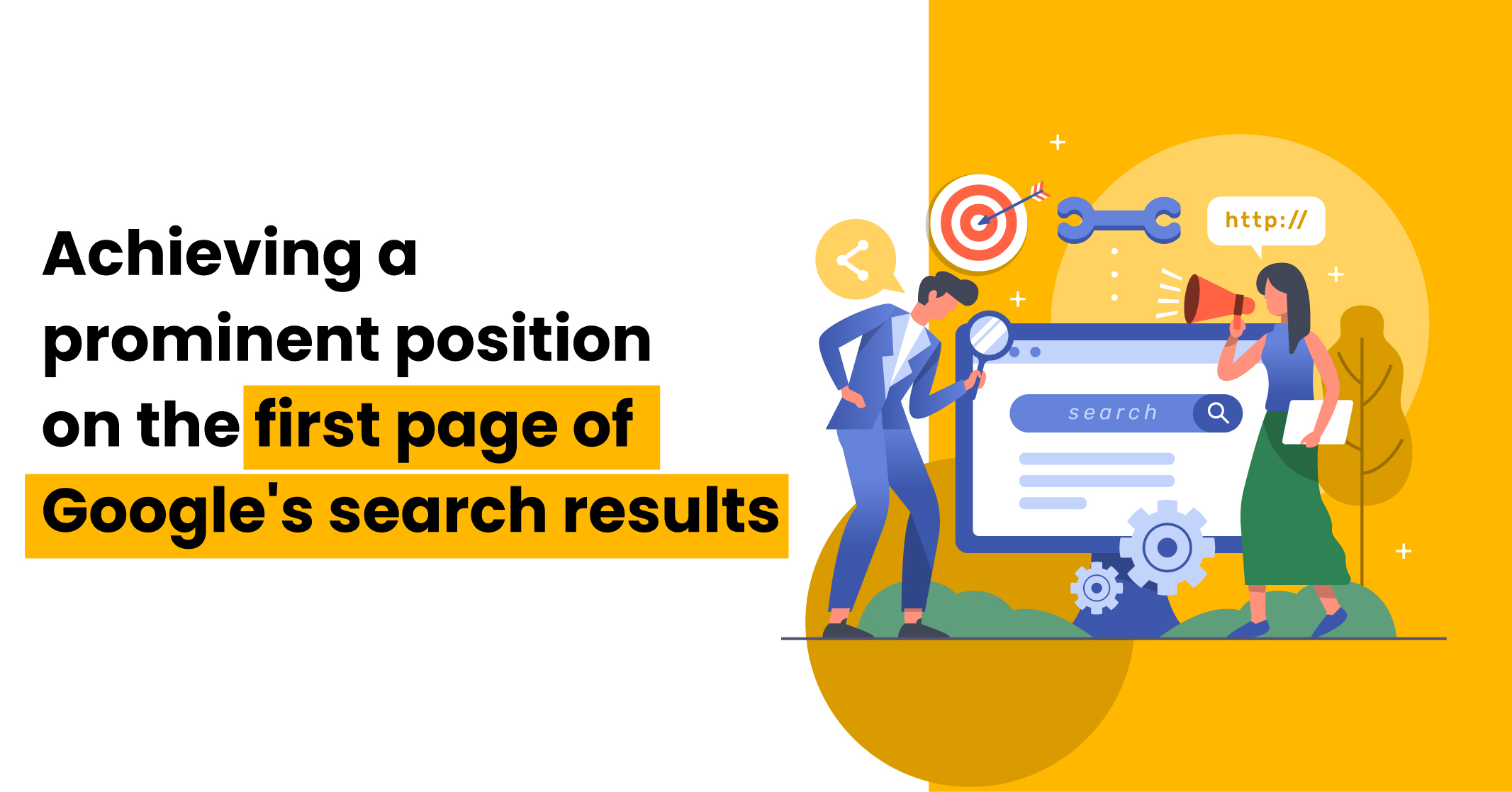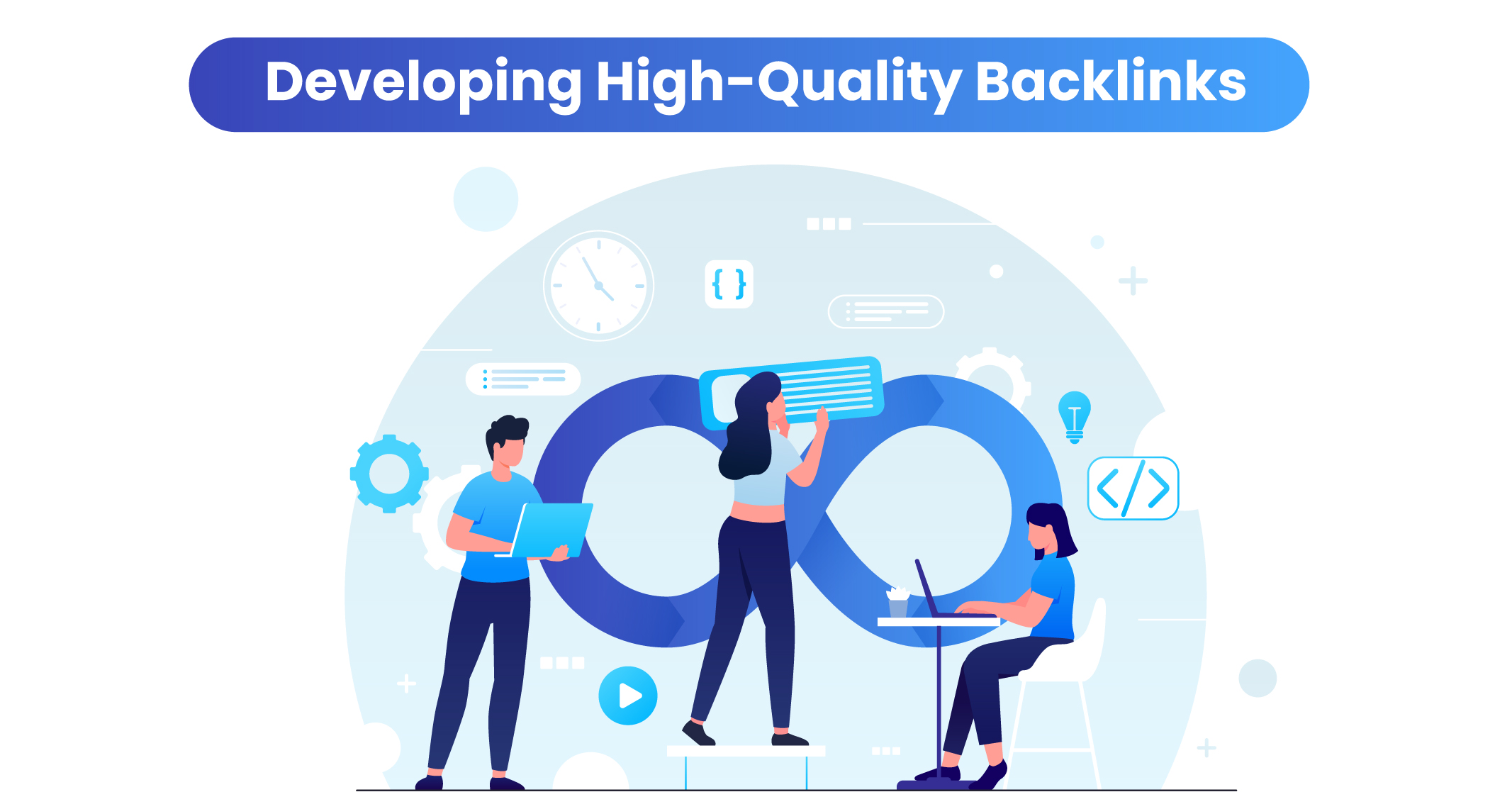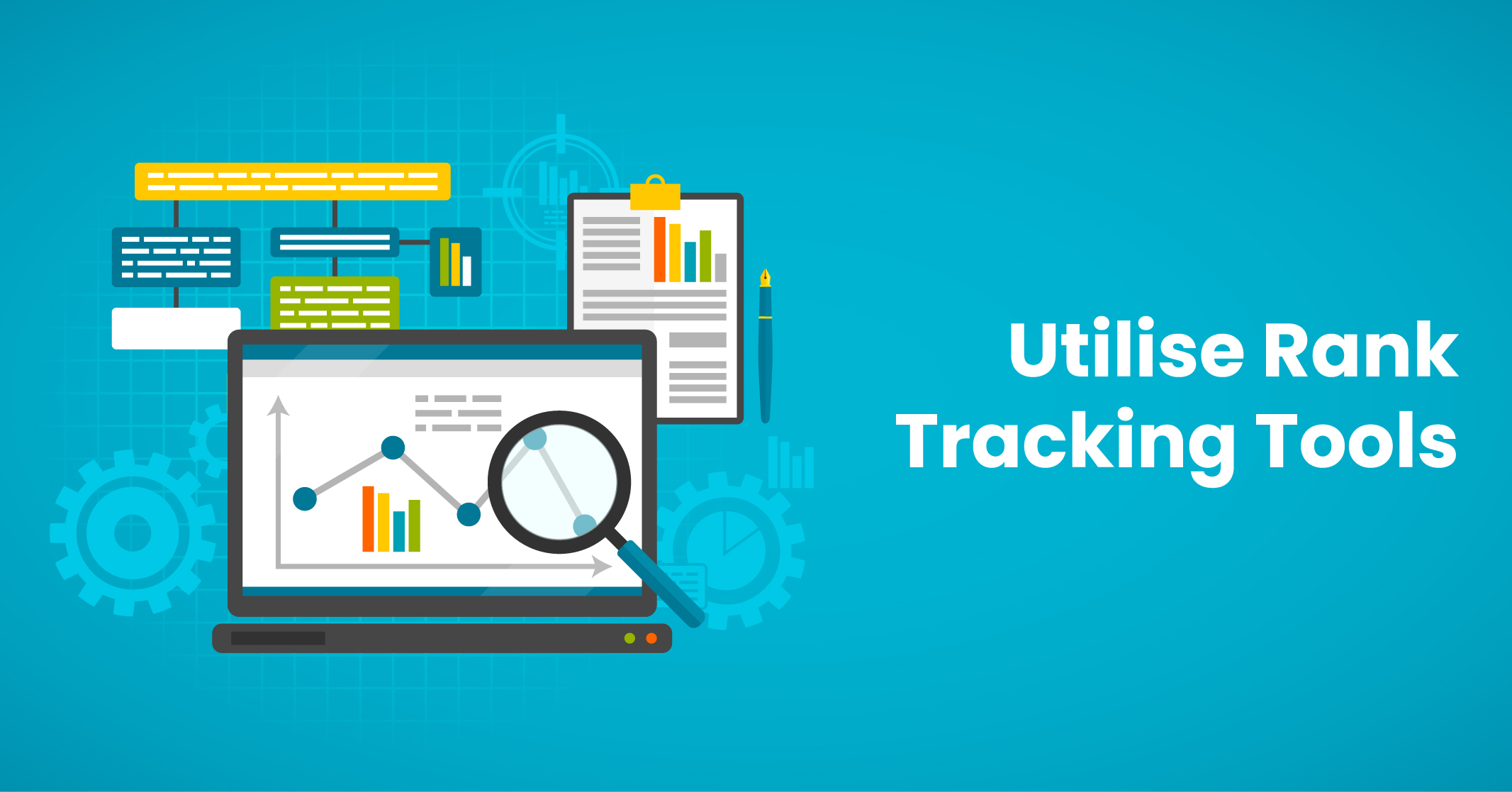I hope you enjoy reading this blog post.
If you want to get more traffic, Contact Us

Click Here - Free 30-Minute Strategy Session
Be quick! FREE spots are almost gone for this Month. Free Quote

Achieving a prominent position on Google’s first search engine result page without relying on paid advertisements is a coveted goal for many businesses.
Here are some effective strategies to help you accomplish this:

Click Here – Free 30-Minute Strategy Session
Be quick! FREE spots are almost gone for this Month
If you’re looking to achieve visibility on Google without investing in paid advertising, you’ll need to earn your position organically. Google considers several key factors when ranking organic search results, including:
In this blog, we’ll explore beginner-friendly SEO techniques to help you get on the first page of Google.
The target keyword refers to the specific search query you aim to rank for on Google. By identifying your target keyword, you can strategies and take action to improve your website’s ranking on Google’s first page.
What To Do?
By targeting specific keywords strategically, you can improve your chances of ranking on Google’s first page organically.

To achieve a prominent position on Google’s first page, it is essential to have a solid understanding of user search intent. This refers to the underlying reason behind a user’s search query.
Determining search intent is not always straightforward. While you can conduct searches yourself, keep in mind that Google personalises results based on factors like location and search history.
Things To Know:
To compete for your target keyword, you need to create content that is similar to what currently ranks but offers a superior experience.
If you already have a webpage that aligns with the search intent of your target keyword, it’s crucial to update and optimise that content. However, if you don’t have relevant content, you’ll need to create it from scratch.
To secure a position on Google’s first page, you must focus on generating high-quality content. This means creating content that is:
What To Do?
To compete effectively, consider creating similar listicle-style content that provides comprehensive recommendations, along with product descriptions, pricing details, and relevant links. This approach aligns with the user’s search intent and the content format that is performing well in the search results.
By creating high-quality content that meets user needs, you increase the likelihood of achieving a prominent position on Google’s first page.
Learn More: Tips for Enhancing Your Google Rankings Safely
According to Google, SEO is most effective when applied to content that prioritises the needs of users. In other words, if you want to rank on Google’s first page, it’s essential to optimise your content for search engines while keeping human readers in mind. This involves creating a keyword cluster consisting of relevant keywords that can be used to optimise your webpage.
What To Do?
By optimising your content with relevant keywords and paying attention to on-page SEO techniques, you increase your chances of achieving higher rankings on Google’s search results pages.

When another website links to your page, Google sees it as a recommendation, and these links are referred to as backlinks. Alongside creating strong content, backlinks play a crucial role in helping you rank on Google’s first page.
If you believe your page could benefit from additional backlinks, there are various link-building techniques to consider:
By implementing effective link-building strategies and doing thorough keyword research, you can enhance your website’s authority and increase its chances of ranking higher on Google’s search results pages.

Are you looking for a suitable SEO keywords generator? Following is the step-by-step process of creating a list of relevant sets of keywords and phrases:
These actions will enhance your rankings and drive more organic traffic to your site.
Perform a Website Audit: Begin by conducting a comprehensive audit of your website to identify technical issues, performance concerns, or areas for improvement. This includes checking for broken links, duplicate content, slow page load times, and mobile-friendliness
Tip: Utilise tools like Google Search Console or other website auditing tools to identify and address these issues.
Conduct Keyword Research and Optimisation: Engage in keyword research to identify relevant keywords for your website and make a list of keywords. Optimise your website’s content, including page titles, meta descriptions, headings, and body content, by naturally incorporating these keywords.
Tip: Avoid excessive keyword usage and ensure that the content flows smoothly and provides value to your users.
Create High-Quality Content: Develop high-quality, informative, and engaging content throughout your website. Ensure that your content is unique, relevant, and valuable to your target audience. Utilise a mix of text, images, videos, and other media formats to make your content more captivating and shareable.
Tip: Regularly update your content to keep it fresh and current.
Enhance Website Navigation: Improve your website’s navigation structure to make it user-friendly and search engine-friendly.
Tip: Employ clear and descriptive navigation menu breadcrumbs and internal linking to assist users and search engines in understanding the structure and hierarchy of your website.
Optimise URL Structure: Create clean and descriptive URLs for your website’s pages. Incorporate relevant keywords in your URLs to provide users and search engines with an understanding of the page’s content.
Tip: Use hyphens to separate words and keep the URLs concise and meaningful.
Mobile Optimisation: Given the increasing use of mobile devices, optimising your website for mobile users is crucial.
Tip: Test your website’s mobile-friendliness using keyword research tools like Google’s Mobile-Friendly Test.
Improve Website Speed: Page load speed significantly impacts user experience and search engine rankings. Optimise your website’s performance by reducing file sizes, enabling browser caching, compressing images and utilising a content delivery network (CDN).
Tip: Regularly monitor your website’s speed using tools to take necessary steps to improve it.
Build High-Quality Backlinks: Earn high-quality backlinks from authoritative websites in your industry. Backlinks from reputable sources can enhance your website’s credibility and visibility in search engine results.
Tip: Focus on creating valuable content that naturally attracts backlinks and considers outreach strategies to build relationships and obtain backlinks from relevant websites.
Track key metrics such as:
The duration for a website to rank on the first page of Google can vary significantly. One website may publish its content and achieve a high ranking within a day, while others may spend several months improving their content and rankings.
Google regularly updates its algorithms, which can lead to significant changes in rankings. Therefore, it is crucial to prioritise the creation of content that caters to users’ needs and to approach SEO as a long-term strategy. It is also advisable to target a range of relevant keywords to increase the chances of achieving favourable rankings.
For more detailed information on the timeframe required to observe SEO results, we recommend referring to our comprehensive guide.
Google Ads offers various bidding strategies and budgeting options, allowing you to have control over your advertising costs. You can set daily budgets, adjust bids, and monitor performance to optimizes your advertising expenditure and maximize your return on investment (ROI)
Measurable Results: Google Ads provides detailed analytics and reporting, giving you insights into the performance of your ads. You can track metrics such as clicks, impressions, conversions, and ROI, which helps you assess the effectiveness of your advertising campaigns and make data-driven decisions.
However, it’s important to consider your specific business goals, target audience, and budget before deciding to advertise on the first page of Google. Conducting thorough keyword research, competitor analysis, and evaluating the potential ROI can help you determine if paid advertising aligns with your marketing objectives.

LEAVE A REPLY